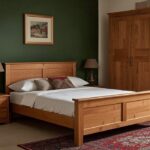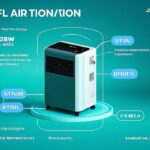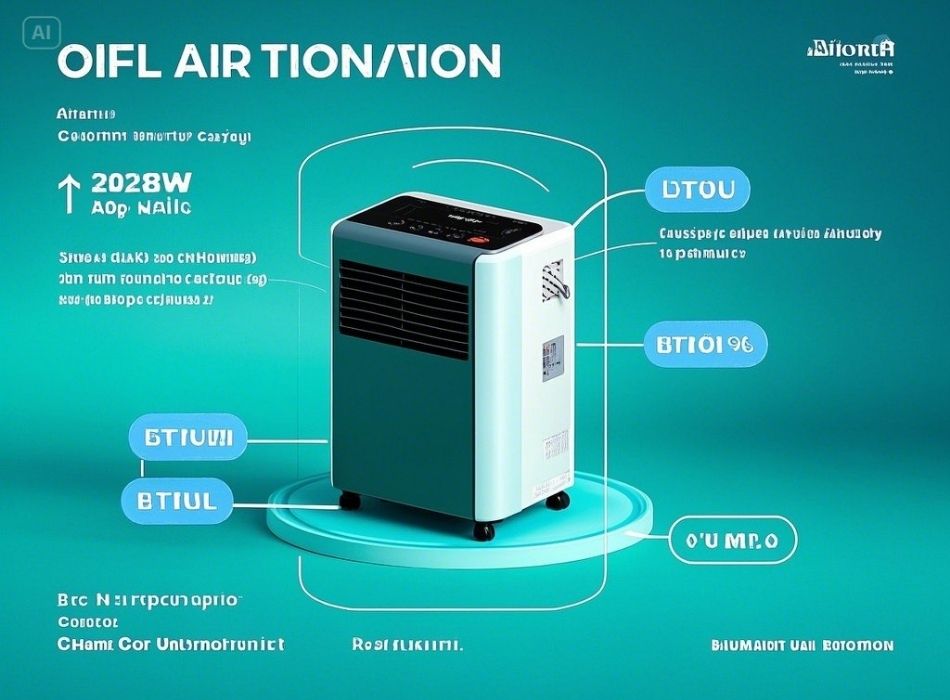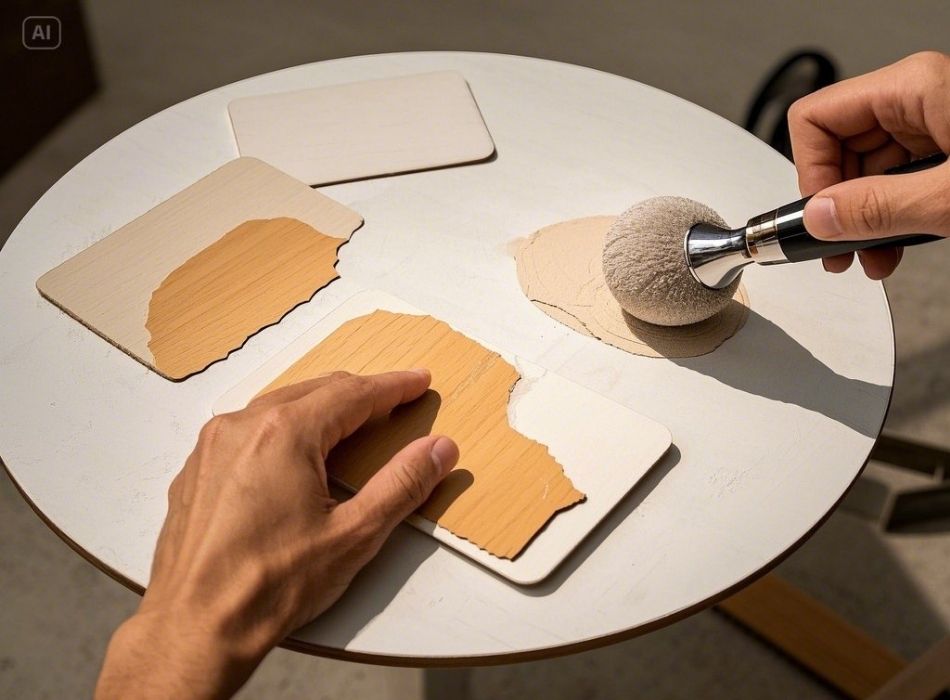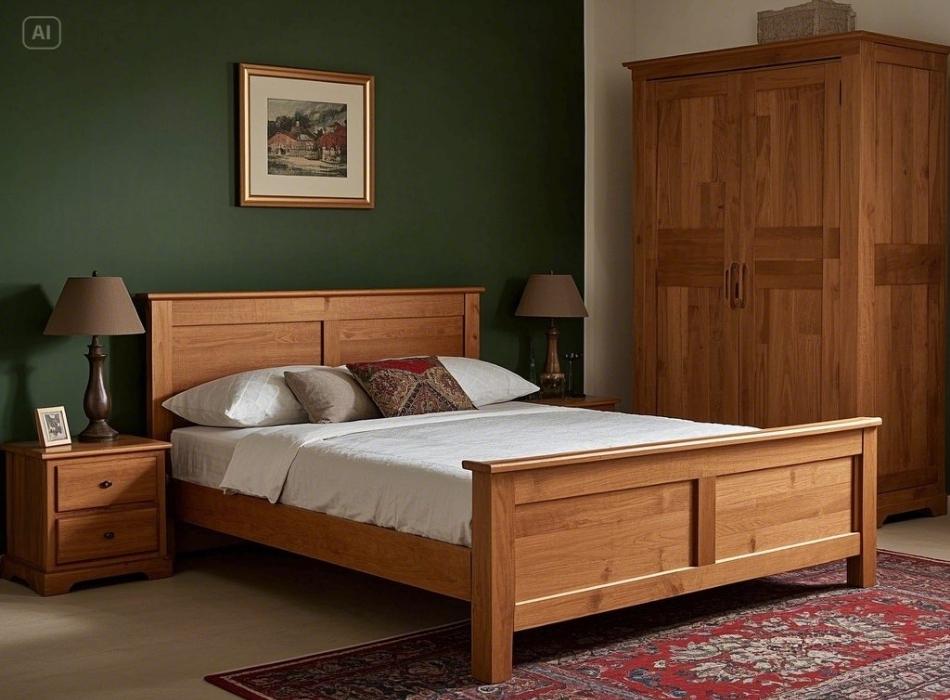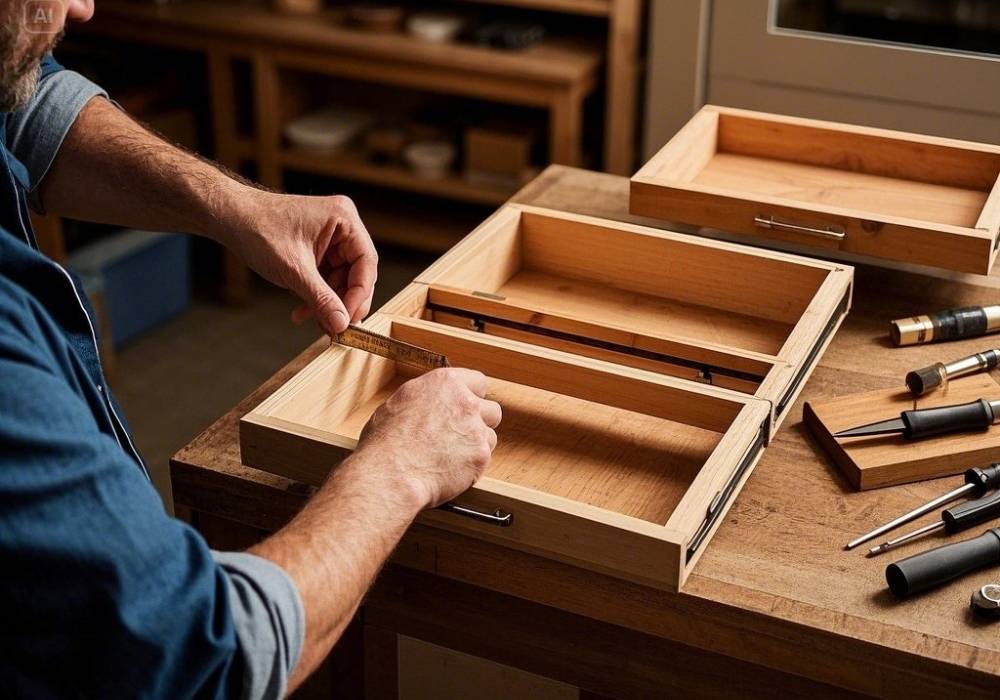Finding the perfect portable air conditioner can be tricky, especially when trying to determine the right cooling capacity for your space. Too powerful, and you waste energy (and money). Too weak, and you’re left sweating in discomfort. The secret lies in identifying the right BTU (British Thermal Unit) for your needs.
Whether you’re a homeowner looking to cool your living room or an apartment renter trying to make summer nights more comfortable, this guide will walk you through everything you need to know. By the end of this article, you’ll know how to calculate the ideal BTU for your portable air conditioner, factors that affect cooling efficiency, and tips to maximize your unit’s performance.
What Does BTU Mean, and Why Is It Important?
BTU stands for British Thermal Unit, a measurement used to indicate how much heat an air conditioner can remove from a room in one hour. The higher the BTU rating, the more powerful the air conditioner.
However, bigger doesn’t always mean better. A portable air conditioner with a high BTU rating might quickly cool down a small room but will struggle to remove humidity effectively, leaving it damp and uncomfortable. On the other hand, an underpowered unit will fail to maintain a comfortable temperature in larger spaces. Thus, choosing the right BTU level ensures the perfect balance of power, comfort, and energy efficiency.
How to Calculate the Right BTU for Your Room
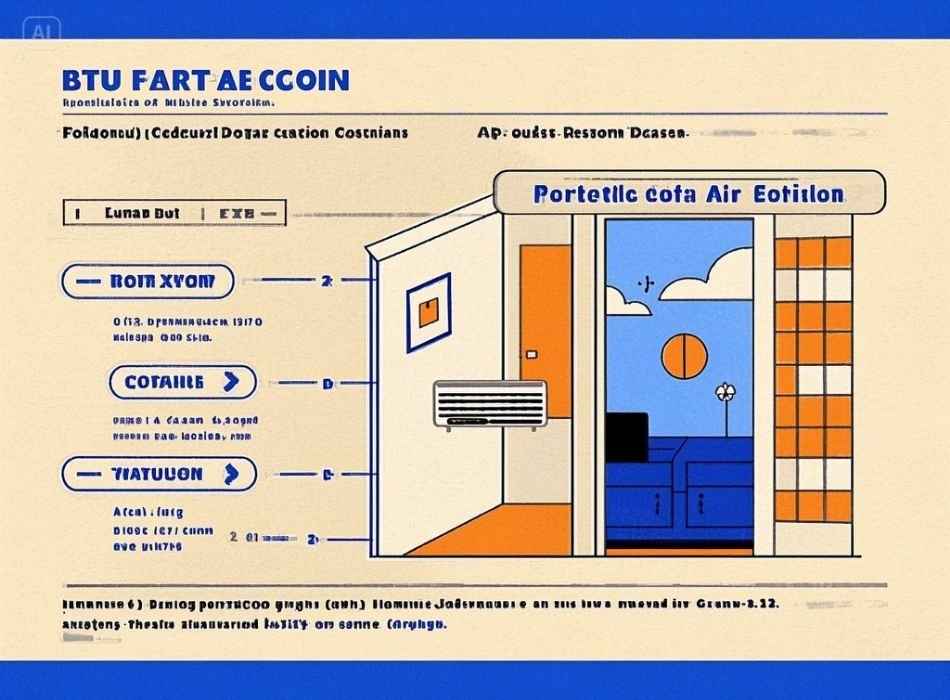
Step 1: Measure the Room Size
The first step in finding the right BTU for your portable air conditioner is calculating the size of the space you want to cool. Here’s how to get started:
- Measure the length and width of the room in feet.
- Multiply the length by the width to get the square footage.
Example:
If your living room is 10 feet wide and 20 feet long:
10 ft x 20 ft = 200 sq. ft.
Step 2: Use a BTU Chart
Once you’ve calculated the room size, refer to the following BTU chart to find the appropriate cooling capacity:
Room Size (Square Feet) Recommended BTU
Up to 150 sq. ft. 5,000-6,000 BTU
150–250 sq. ft. 6,000-8,000 BTU
250–350 sq. ft. 8,000-10,000 BTU
350–450 sq. ft. 10,000-12,000 BTU
450–550 sq. ft. 12,000-14,000 BTU
550–700 sq. ft. 14,000-18,000 BTU
This chart provides a general guideline for single-room cooling. If you’re dealing with open spaces or oddly shaped rooms, the BTU requirement may vary slightly.
Step 3: Consider Room-Specific Factors
While square footage is the starting point, other variables can affect the BTU required for efficient cooling:
- Ceiling Height: Standard BTU charts assume 8-foot ceilings. If your ceilings are higher, you’ll need more BTUs.
- Sunlight Exposure: Rooms with direct sunlight may require an additional 10% BTU capacity, while shaded rooms may need 10% less.
- Room Occupancy: Add 600 BTUs for each person beyond the first two in the room.
- Appliances and Electronics: Kitchens or rooms with many heat-producing devices like computers or TVs often need an extra 4,000-6,000 BTUs.
Factors That Affect Portable AC Performance
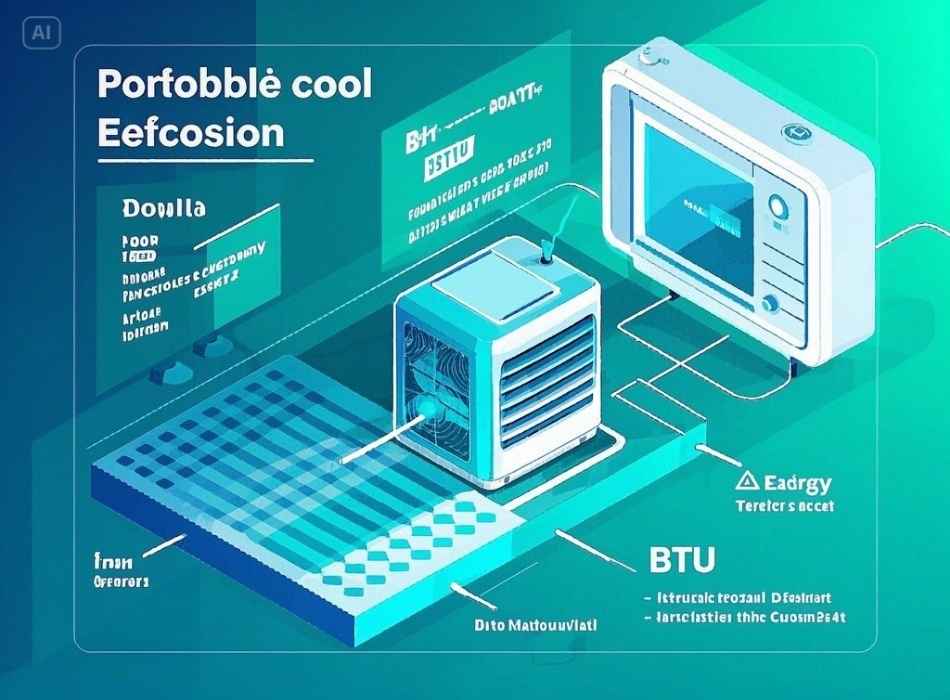
Simply choosing the right BTU is not enough. Several additional factors influence how effectively your portable air conditioner can cool your space.
Airflow and Ventilation
Portable air conditioners require proper ventilation to expel hot air. Make sure your chosen unit includes a window venting kit that fits your window type. Poor ventilation decreases efficiency and forces the unit to work harder.
Insulation Quality
Poorly insulated rooms with drafty windows or thin walls will lose cool air quickly, requiring the unit to consume more energy. Seal windows and doors and consider using curtains or blinds to improve insulation.
Humidity Levels
High humidity makes cooling less efficient. Many portable air conditioners come with a built-in dehumidifier mode, which can help improve comfort on muggy days. If your unit lacks this feature, consider supplementing it with a standalone dehumidifier.
Portable AC Placement
Place your unit on a flat floor near a window to ensure proper air circulation and exhaust venting. Avoid placing it near heat-producing appliances or in direct sunlight.
Expert Tips for Maximizing Portable AC Efficiency
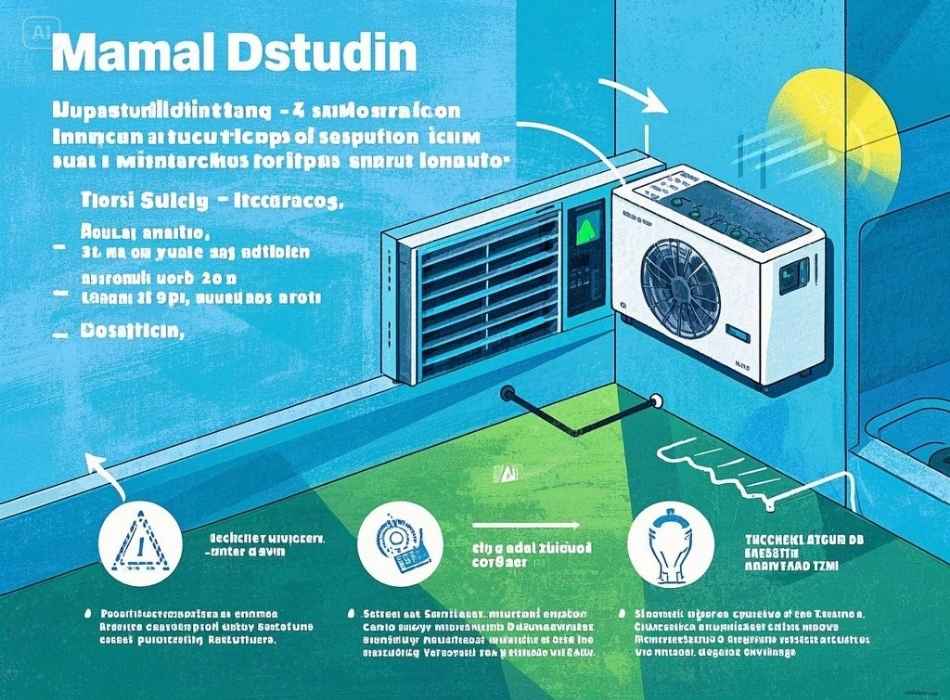
Once you’ve purchased your portable air conditioner, follow these simple tips to ensure it runs efficiently:
- Set the Ideal Temperature
Keep your thermostat between 72°F and 78°F for optimal comfort and energy efficiency. Avoid dropping the temperature too low, as it consumes excessive energy without improving comfort significantly.
- Clean and Replace Filters Regularly
Dirty filters restrict airflow and strain the unit. Clean or replace filters every two weeks (or as recommended by the manufacturer).
- Close Doors and Windows
To prevent warm air from entering and cool air from escaping, keep all windows and doors closed while running your air conditioner.
- Use a Ceiling Fan
Pair your portable AC with a ceiling fan to improve air circulation, allowing you to lower your cooling needs and conserve energy.
- Maintain Vent Hoses
Ensure the exhaust vent hose is straight and unobstructed. Kinks or bends reduce the efficiency of the ventilation process.
When to Choose a Higher BTU Model
There are situations where you may need a portable air conditioner with a higher BTU to maintain comfort:
- Open Concept Spaces
Open areas, like kitchens combined with living rooms, may require a higher BTU model.
- Intense Summer Heat
If you live in a region with soaring summer temperatures, a slightly more powerful unit can help maintain a cooler space.
- Frequent Use
If the air conditioner will be running for extended periods, investing in a higher BTU unit can prevent overworking the machine.
Stay Cool With the Right Portable AC
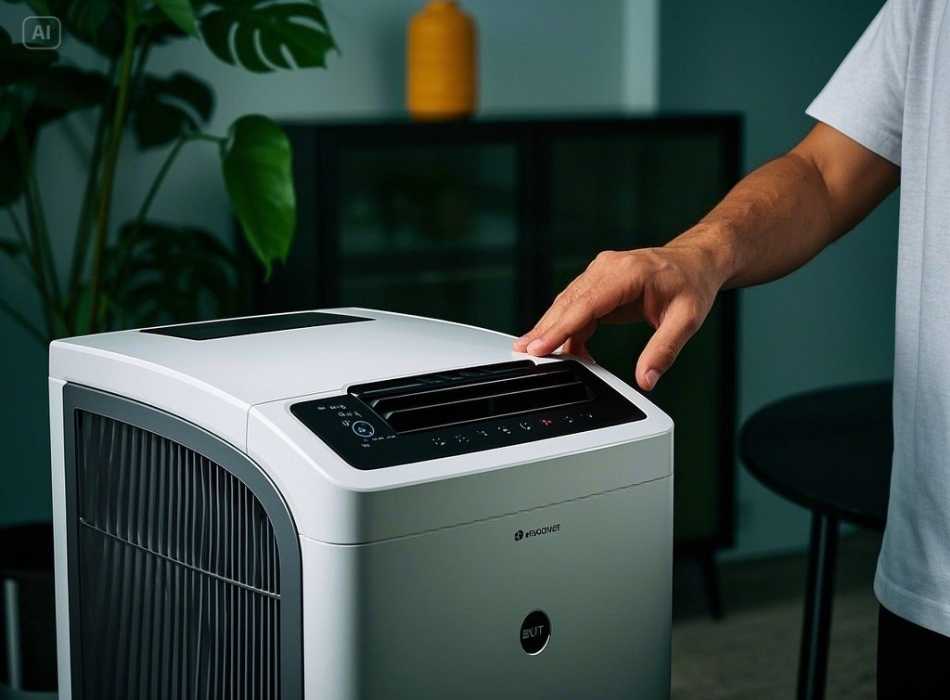
Purchasing the right portable air conditioner comes down to understanding your room’s specific needs and selecting a BTU rating that matches those requirements. By factoring in square footage, ceiling height, sunlight exposure, and occupancy, you can confidently choose a unit that balances comfort and energy efficiency.
Measuring Square Footage
The size of your room is the most critical factor in choosing an air conditioner. Before you start browsing, measure your space’s square footage. To do this, multiply the length and width of each room together to get the total area. For example, a room that is 20 feet by 15 feet would have an area of 300 square feet (20 x 15 = 300). If you are purchasing a unit for multiple rooms, make sure to add up all the areas to determine the total square footage that needs to be cooled.
Ceiling Height and Sunlight Exposure
Once you have determined your room’s square footage, consider any additional factors that may impact the cooling capacity needed. One important factor is the ceiling height. A higher ceiling can mean more space for hot air to rise and get trapped, making it harder for your AC unit to cool down the room efficiently. If you have a room with a higher ceiling, it’s recommended to add another 10% to the required cooling capacity.
Another factor to consider is sunlight exposure in your space. Rooms that receive direct sunlight throughout the day will likely require more cooling capacity than rooms that are shaded or receive indirect sunlight. Sunlight exposure can increase the temperature of a room by several degrees, so be sure to take this into account when calculating your cooling needs.
Insulation and Ventilation
Proper insulation and ventilation are also crucial elements to consider when determining the cooling capacity needed for a space. Without adequate insulation, cool air can escape through cracks and gaps in walls, windows, and doors. This can lead to inefficiency and require an increase in cooling capacity.
Similarly, poor ventilation can also affect the cooling needs of a room. If hot air is not able to properly escape from space, it will be much harder for cool air to circulate effectively. This can result in uneven temperatures and discomfort.
To ensure optimal cooling efficiency and reduce energy costs, it’s important to have proper insulation and ventilation in place before installing a cooling system.
Climate
The climate of your location is another important factor to consider when choosing a cooling system. Different types of cooling systems work better in different climates.
For example, an air conditioning unit may be the best choice for hot and dry climates, while an evaporative cooler may be more effective in hot and humid areas. It’s important to research the average temperatures and humidity levels in your area to determine which type of cooling system will work best for you.
Additionally, climate change has also been affecting weather patterns and temperatures around the world. This means that it’s even more crucial to choose a cooling system that can adapt to changing conditions and provide efficient cooling regardless of external factors.
Maintenance
Proper maintenance is essential for any cooling system to function effectively and efficiently. Regular maintenance can prolong the lifespan of your cooling system, saving you money in the long run. Here are some tips for maintaining your cooling system:
- Keep the filters clean: The filters in your cooling system trap dust and debris, preventing them from entering your home. It’s important to clean or replace these filters regularly to ensure proper airflow and prevent clogs that could potentially damage your unit.
- Check for leaks: Leaks in your cooling system can cause it to work harder and use more energy, resulting in higher utility bills. It’s important to check for any leaks in your unit and have them repaired promptly.
- Schedule professional maintenance: While there are some maintenance tasks you can do yourself, it’s important to have a professional technician perform regular maintenance on your air conditioning unit. They can check for any potential issues and make necessary repairs or adjustments to keep your unit running efficiently.
- Use a programmable thermostat: A programmable thermostat allows you to set different temperatures for different times of the day, helping you save energy and money. You can program it to be cooler when you’re home and warmer when you’re away, reducing unnecessary energy usage.
- Keep the area around your unit clear: It’s important to keep the area around your air conditioner free from debris, leaves, and other obstructions. This allows for proper airflow and prevents any potential damage to the unit.
- Schedule regular maintenance: Just like any other appliance, your air conditioner needs regular maintenance to ensure it’s working at its best. This includes checking and changing the air filter, cleaning the evaporator and condenser coils, and inspecting for any potential issues. It’s recommended to have a professional HVAC technician perform these tasks at least once a year.
- Consider upgrading to an energy-efficient unit: If your air conditioner is old or constantly breaking down, consider upgrading to a more energy-efficient model. Newer units are designed to use less energy while still providing optimal cooling for your home. This can lead to significant cost savings over time on your energy bills.
- Utilize programmable thermostats: Programmable thermostats allow you to set the temperature of your home based on your schedule. This means you can adjust the temperature when you’re away from home or asleep, saving energy and money.
- Keep air vents clear: Make sure that furniture, curtains, or other objects do not block all air vents in your home. Blocked vents can restrict airflow and make it harder for your air conditioner to cool your home efficiently.
- Use ceiling fans: Ceiling fans can help circulate cool air throughout a room, allowing you to turn up the thermostat a few degrees without sacrificing comfort. Just remember to turn off ceiling fans when you leave the room, as they only work to cool people, not the actual air temperature.
- Utilize natural ventilation: On cooler days, open windows and doors to let fresh air into your home. This can help reduce reliance on your air conditioner and save energy.
- Install a programmable thermostat: A programmable thermostat allows you to set different temperatures for different times of the day. This way, you can have your air conditioner turn off or adjust its temperature when you’re at work or asleep, saving energy and money.
- Get regular maintenance: Just like any other equipment in your home, your air conditioning system needs regular maintenance to function efficiently. Make sure to schedule annual checkups with a professional HVAC technician to keep it running smoothly.
- Keep your outdoor unit clear: The outdoor unit of your air conditioning system needs proper airflow to function effectively. Make sure there is no debris or obstruction around it, and keep the area clean to avoid any potential damage.
- Change air filters regularly: Clogged air filters can reduce the efficiency of your air conditioning system and even cause it to malfunction. It’s important to replace or clean the filters every 1-3 months, depending on usage, to ensure proper airflow.
- Utilize ceiling fans: Ceiling fans can help circulate cool air throughout a room, reducing the workload on your air conditioner. Using ceiling fans in conjunction with your AC can also create a wind-chill effect, making the room.
- More comfortable without needing to lower the thermostat further.
Conclusion
By following these simple tips, you can ensure that your air conditioning system runs efficiently, extends its lifespan, and keeps your home comfortable throughout the warmer months. Regular maintenance, thoughtful usage, and small adjustments can make a significant difference in performance and energy savings. Investing time and effort into caring for your cooling system will ultimately provide a more pleasant and cost-effective environment.
Got questions or need more tips? Be sure to check out our Guide to Portable Air Conditioners or leave a comment below. Stay cool and enjoy the summer heat on your terms!


